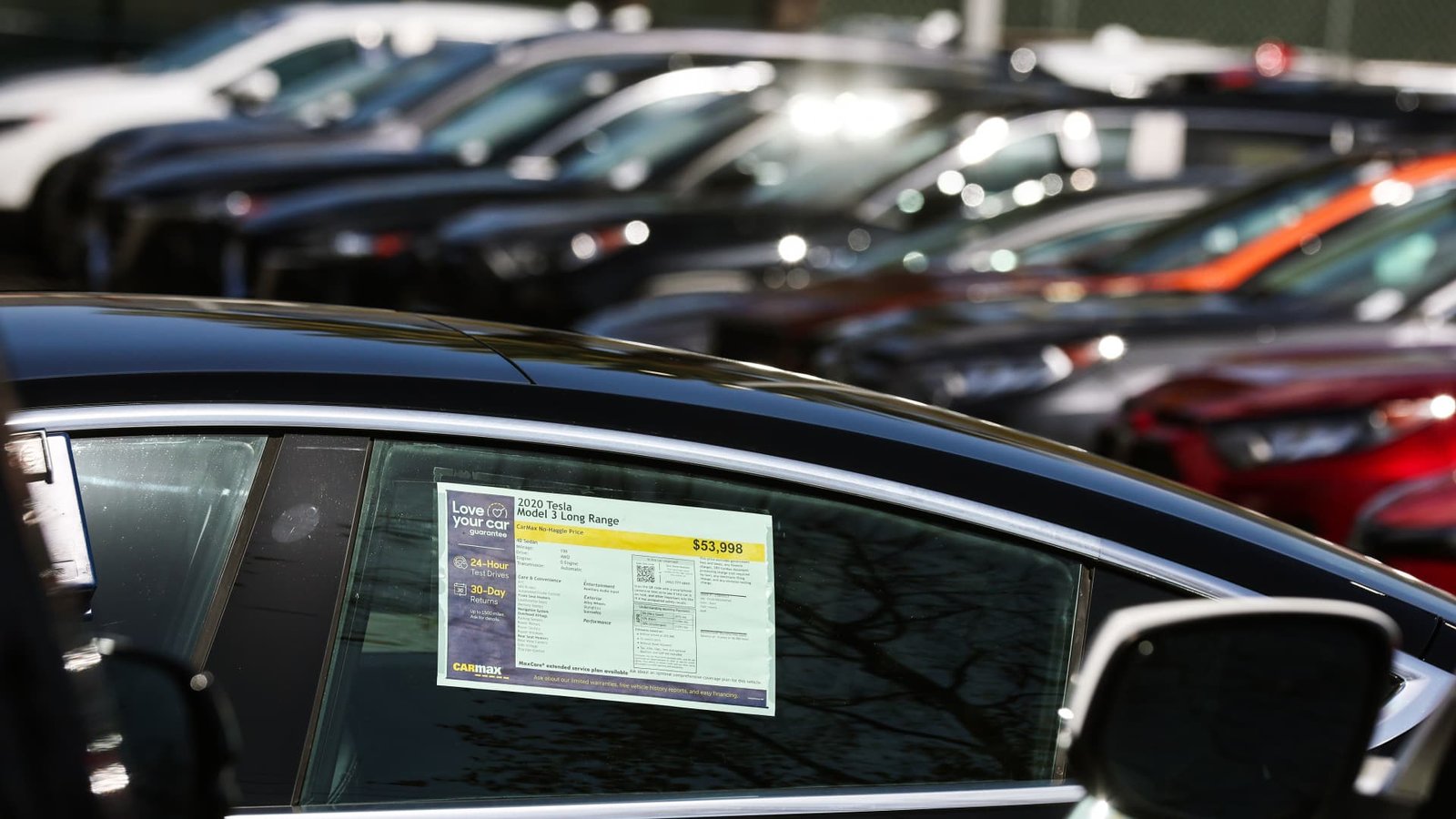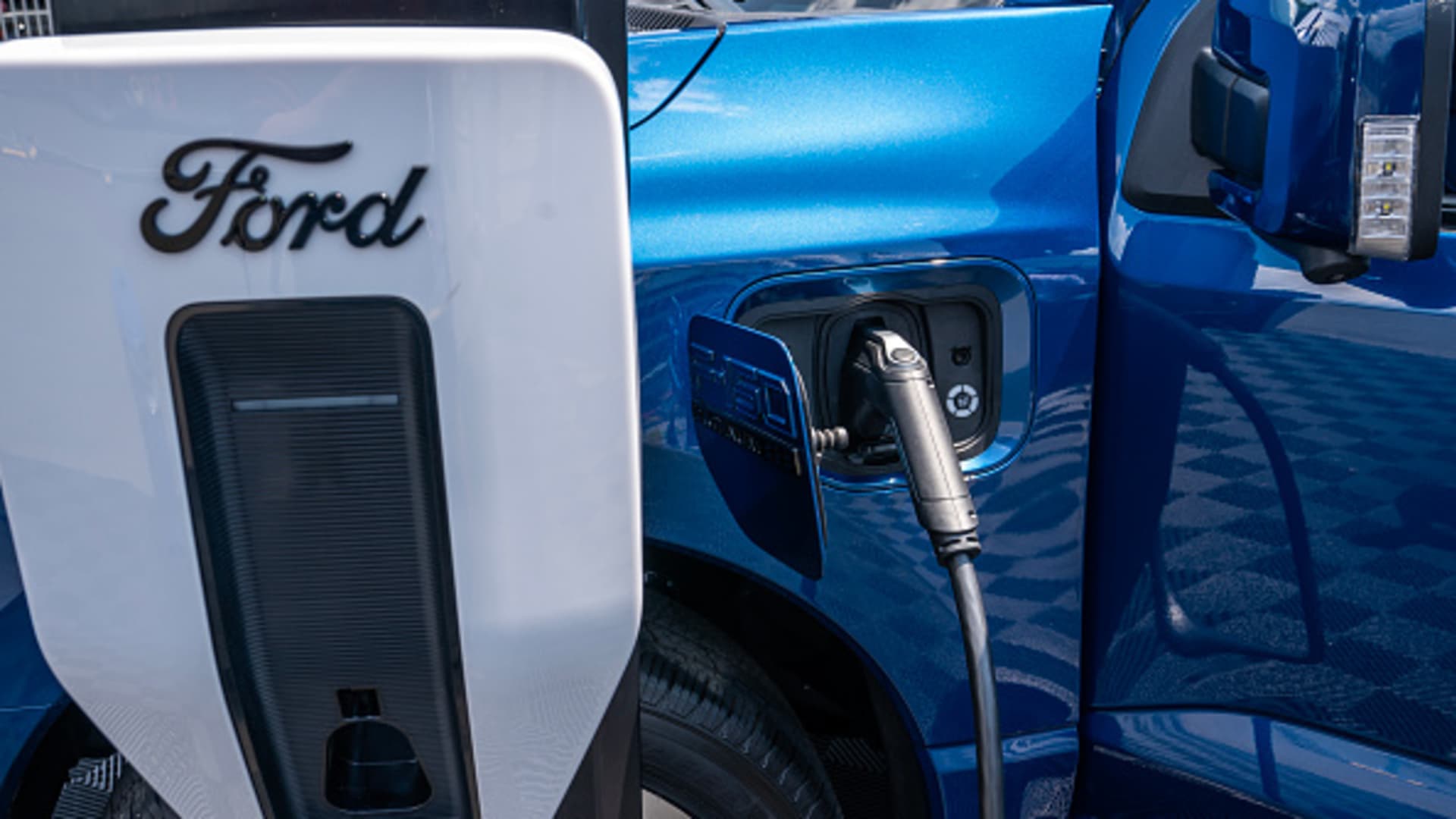
BEIJING — In three years, China’s capital city of Beijing has taken rapid steps toward letting robotaxis operate closer to the city center.
This month, the city began allowing tests of robotaxis with human staff inside to run the 40-minute route between a major high-speed train station and a suburban area to its south.
That route between Beijing South Railway Station and the suburb of Yizhuang is set to open a public-facing robotaxi service in the next week or two, Ning Zhang, vice president at Pony.ai and head of its Beijing research and development center, told CNBC in an exclusive interview Thursday. He cited pending government permits.
By the end of this year or early next year, Zhang expects the train station route will be fully driverless, with no human staff inside.
The latest route marks a significant expansion of robotaxi operation from the outskirts of Beijing toward the city center. The capital is laid out with highways, nicknamed “rings,” in concentric circles around the city center.

The Yizhuang suburb is outside the fifth ring road. Beijing South Railway Station is inside the third ring road.
Zhang said there is a perception that Beijing would not allow robotaxis past the fifth ring road.
“Now, we are breaking that boundary,” he said.
“This is a big progress, and because Beijing is willing to make so great a move, it’s going to be a very good example, showcase for the entire China,” he said.
In November 2021, Beijing city allowed robotaxi operators Pony.ai and Baidu’s Apollo Go to collect fares for public-facing rides in Yizhuang, a first step toward eliminating the cost of the driver.
Less than two years later, Beijing authorities allowed the robotaxi companies to remove human staff from some public-facing cars and still charge fares. Users can hail the taxis using designated apps.
Beijing authorities in late February expanded the operational area for staffed, public-facing robotaxis to Daxing International Airport, which is near Yizhuang. In addition to Pony.ai and Baidu, AutoX and WeRide received the operation permits, according to a government release.
Robotaxi operator Pony.ai has begun testing rides with human staff inside between a suburb of Beijing and a major high-speed train station.
CNBC | Evelyn Cheng
By the end of this year, Zhang expects the city will allow robotaxi operation around Beijing Capital International Airport to the north. Subsequent expansion is set to cover the city’s four other railway stations, he said.
For Pony.ai, he anticipates more than 50 fully driverless taxis will operate in Beijing by the end of this year.
In the next two years, he expects Beijing will allow robotaxis to run between the sixth and fourth ring roads regardless of city district. That will require Pony.ai to get ready by the end of 2025 for a robotaxi fleet on the scale of 1,000 vehicles, he said, noting the startup is working with Toyota to mass produce the cars.
Once there are 500 to 1,000 robotaxis in one city, Zhang said the operation can break even. With scale, he expects business growth is “going to be exponentially fast in the later years.”
That also depends on the pace of regulatory support. In three to five years, Zhang expects Beijing will allow robotaxis throughout the city.
Robotaxis in the U.S.
Global interest in robotaxis has meanwhile picked up, with Alphabet’s Waymo expanding its operations on the West Coast.
In April, Elon Musk announced that Tesla will reveal its robotaxi on Aug. 8.
When asked about Musk’s plans, Zhang said Pony.ai hoped that Tesla’s involvement in the industry could help “reshape” transportation. But in his view, he said that Tesla’s Full Self Driving technology was better for assisted driving rather than a fully driverless system.
As for other Chinese robotaxi operators, Zhang doesn’t expect fierce rivalry for the next few years while the nascent industry is still in the process of gaining traction.
Baidu said that Apollo Go operated about 826,000 rides in the first quarter, up from 660,000 rides in the year-ago period. As of April 19, cumulative rides have surpassed 6 million.
During Baidu’s latest earnings call, CEO Robin Li said the company expected its robotaxi business to narrow losses for the rest of the year, according to a FactSet transcript. He added that Baidu’s newest robotaxi vehicle costs less than $30,000 when excluding the battery.
Beijing city government in May 2024 started allowing tests of robotaxis to a major high-speed train station to the south of the city.
CNBC | Evelyn Cheng





